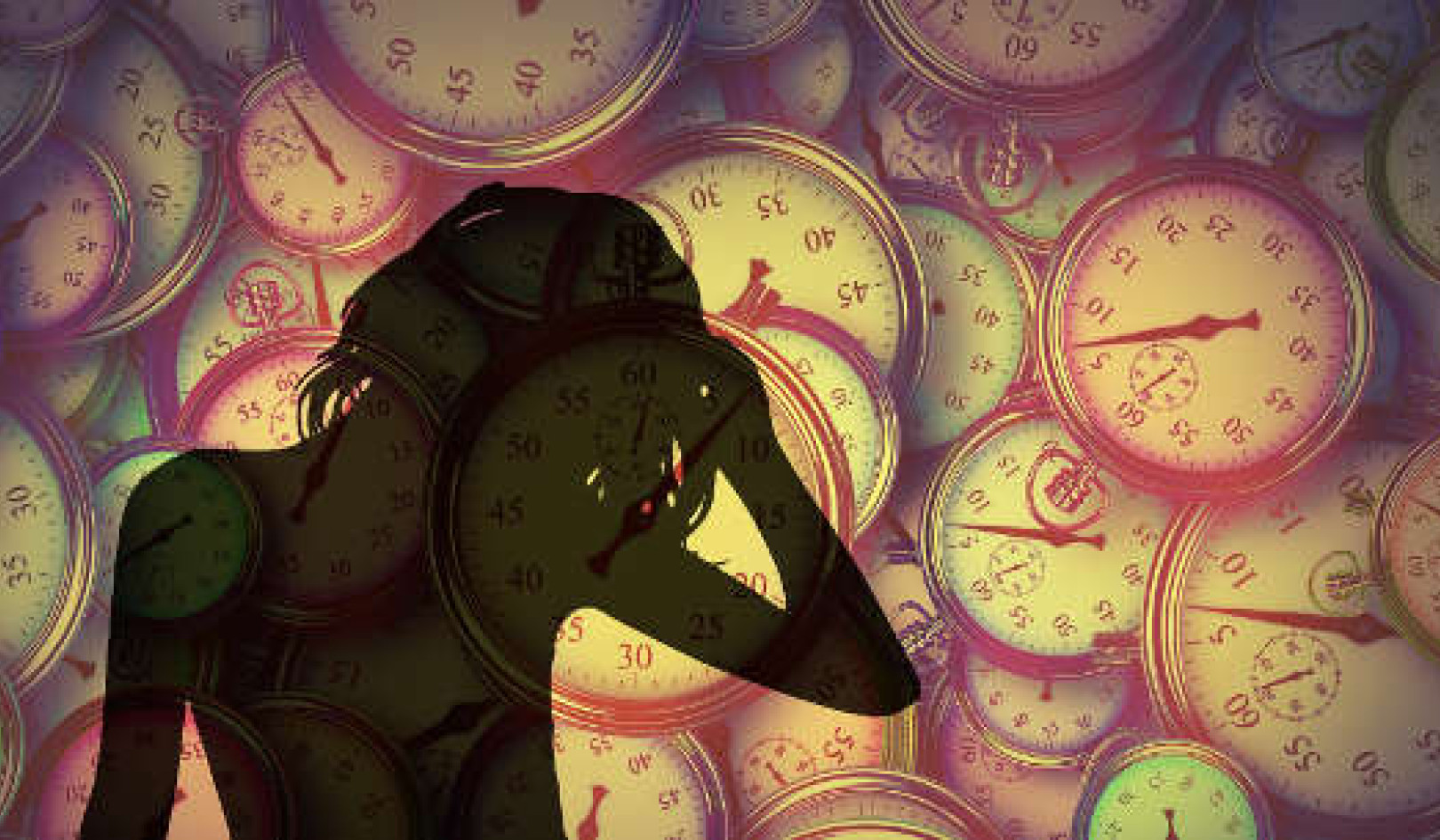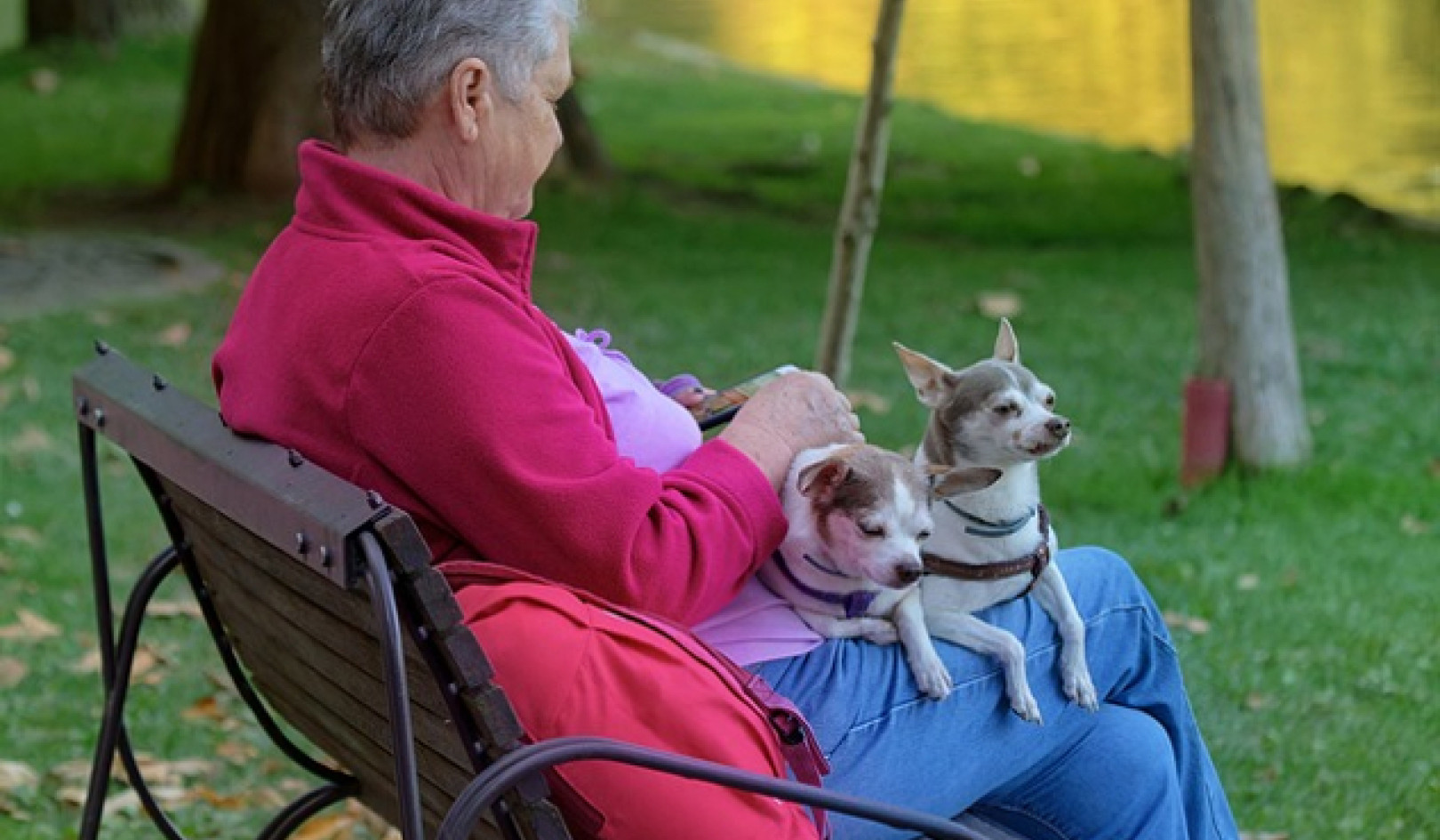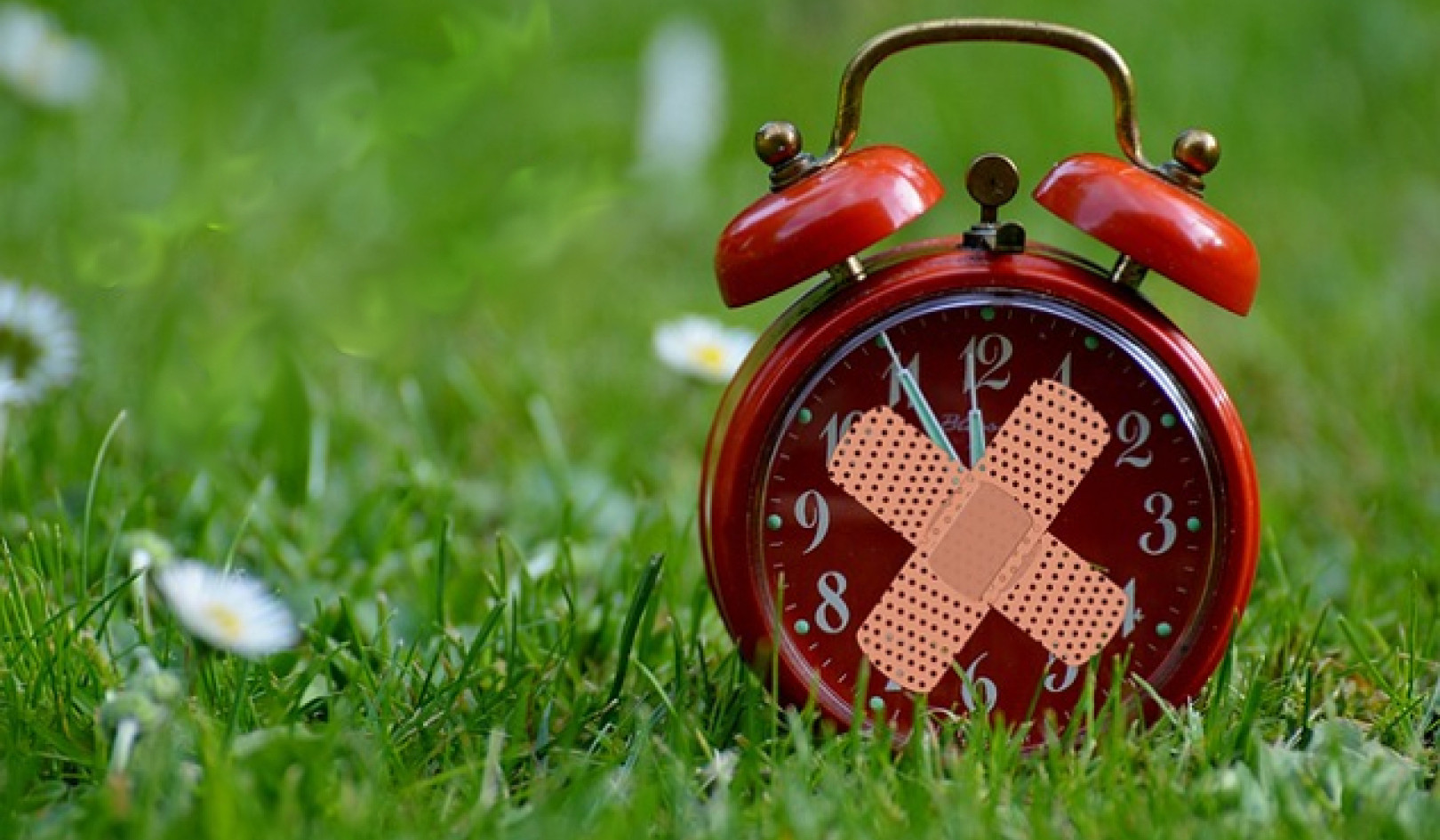
A recent article offering men advice about how to proposition a woman wearing headphones – encouraging them to block her path to prevent her from ignoring them – rightfully provoked a major backlash. But the backlash also brought a certain phenomenon to wider public attention – the fact that women sometimes wear headphones as a way to avoid unwanted approaches in public.
The public conversation on violence against women tends to focus on sexual assault and domestic abuse. We talk less about the routine intrusions women experience from men in their everyday lives, even though this is the most common form of sexual violence.
My recent research looked at how women navigate interruptions, intrusions, and harassment from unknown men in public. What was most surprising was how all 50 of the women I interviewed significantly underestimated the amount of work they were putting in to avoid intrusions by men in the street, and the impact this had on them.
They recognised that they were making certain decisions about routes home, or where to sit on public transport. They spoke about using sunglasses or headphones in order to create a shield – a way to give the impression that they didn’t hear that man making a sexual comment, or didn’t see that other man touching himself as he walked behind them.
Many categorised their clothes in relation to safety. Scarves were seen as safe – handy for covering your chest. The colour red was, for some, seen as unsafe – too bright, too obvious, too visible. Some even adopted particular facial expressions, trying to balance “looking tough” against the desire to not be told to “cheer up” by a man they’d never met before.
The women I spoke to knew they were doing some of these things but other behaviours were less conscious. They hadn’t really reflected on how much energy went into avoiding unwanted contact below the surface and how their freedom was affected.
Safety work
The short moments when women are alone in public space, away from commitments at home or at work – the only moments many people have to themselves – are disrupted.
It’s not just the overt approaches from men making comments about what they’re wearing and asking where they are going or what they’re doing. It’s that women are routinely pulled out of their own thoughts in order to evaluate their environment. They are less free to think about the things they want to think about because of the extra effort they have to put in to feel safe.
This kind of safety work goes largely unnoticed by the women doing it and by the wider world.
Why it matters
The vast majority of this work is preemptive. It’s the subconscious attempt to evaluate what one of my participants called “the right amount of panic” – never quite knowing if a behaviour is an overreaction of if that reaction is actually the reason they avoided an encounter.
The trouble is, women are only ever able to count the times when such strategies don’t work – when they are harassed by a man, or assaulted. The work put into the successes – the number of times women’s actions prevent men from intruding – go unnoticed.
All this in turn keeps us underestimating the scale of the problems women face in everyday life. Estimates on the prevalence of sexual harassment in public are unable to account for all the times instances are blocked. And survivors of sexual assault are blamed for not preventing it when their safety work fails them.
Women talk about the burden of safety work.
{youtube}J-qpvibpdU{/youtube}
Challenging this silence means talking about the range and extent of what women experience, from unwanted comments to flashing, following and frottage. The Everyday Sexism project does this brilliantly.
It means considering how we establish a new normal, recognising the extra work women put in just to be free. That’s why the move to make misogyny a hate crime in Nottingham is an interesting step, and something to keep an eye on.
Recognising the sheer scale of the effort women are habitually putting in to avoid public sexual harassment could help us to change a culture that makes victims accountable for not preventing assault. We continue to talk about the problem as though women need to take more responsibility for preventing sexual assault. But preventing sexual assault is something women do daily, often without realising it.
About The Author
Fiona Vera-Gray, Research Fellow in Violence Against Women, Durham University
This article was originally published on The Conversation. Read the original article.
Related Books:
at InnerSelf Market and Amazon

























